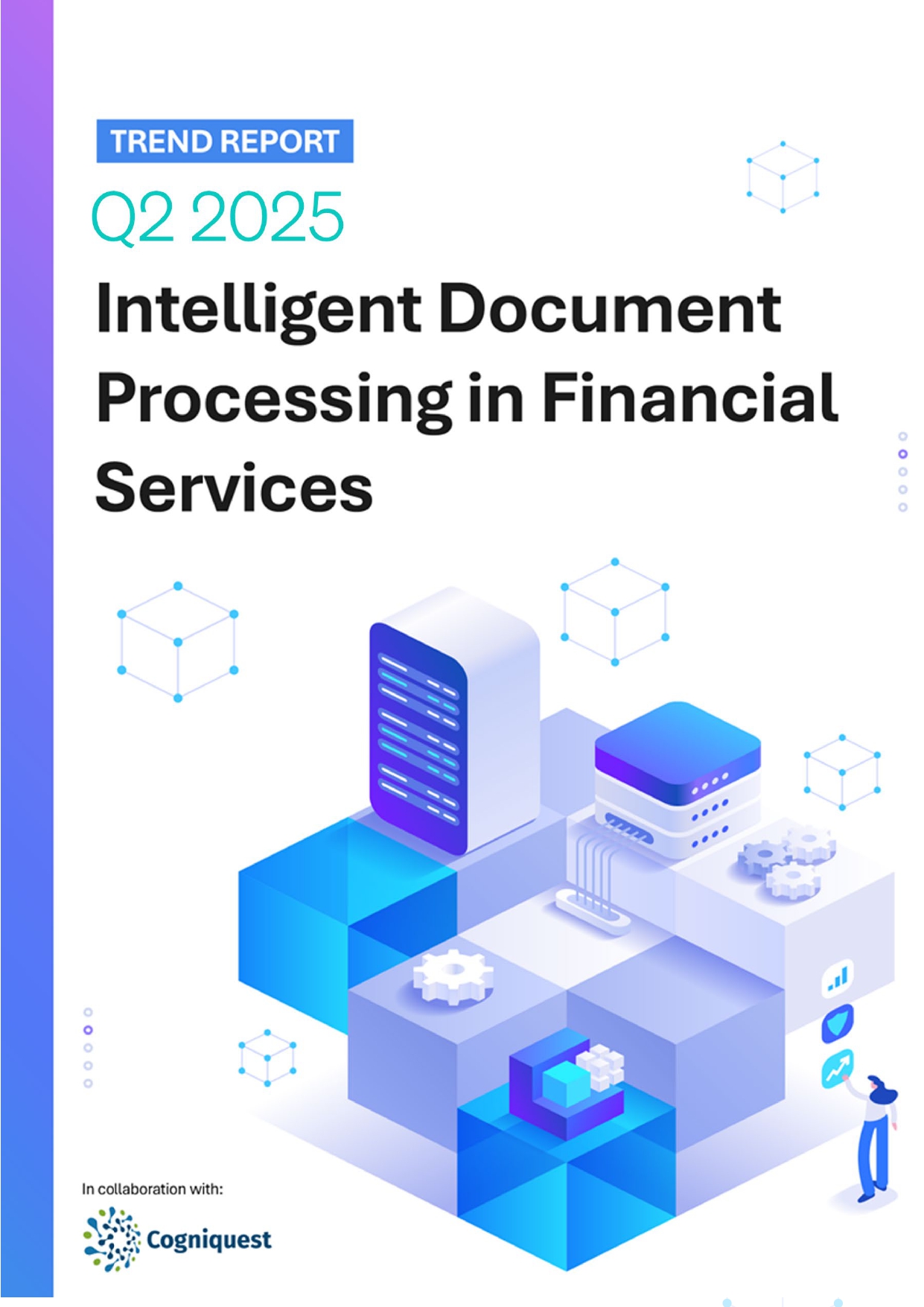 Back
Back
Payments – a changing retail landscape
The payments industry has continuously evolved over the last few decades and the pace of change has only increased. Technology has contributed significantly to delivering payment services to the consumer. These changes are driven by the need to increase the lending portfolio reliably with a seamless customer experience.
by Aravind Irodi, Senior Vice President, Head of Practices, Attra, a Synechron company
The recent incarnation of Buy Now Pay Later products – as available against other financial services solution such as credit cards — to a standalone solution financed by FinTechs has taken the industry by storm. This has led to a number of new players, such as Klarna and Afterpay amongst others, achieving significant growth in lending volumes. These FinTechs are lending to the new age population and taking market share away from the traditional card players on short-term credit. The FinTechs are underwriting the risk and it has shown to be a profitable initiative for the now larger players. Additionally, other well-known retail platforms (like Amazon.com and Walmart) have recognised the vast opportunity and are implementing this phenomenon for their customers.

Traditional payment service providers (a.k.a. card issuers) have an opportunity to capitalise on their existing customer relationships to provide revolving credit in a Buy Now Pay Later fashion, independent of card networks. They can use their existing accounts receivable infrastructure to provide this service with changes at the point of sale (POS) to provide the payment option and direct settlement with merchants. These payments providers possess the added advantage of having an existing customer base and credit assessment infrastructure in place under which to make credit allocation decisions. Accelerated deployment of market-ready solutions is the key to ensuring that market share is retained as FinTechs disrupt the marketplace and bigger, steadfast participants seize the opportunity.
In pursuit of superior seamless payment experiences
There are also innovations happening on the merchant side to make payment experiences seamless. A key global trend across large merchants in recent years has been to provision an omnichannel experience to its customers. This is now coming of age, with technology solution providers building out solutions to cater to this need.
Customer touch points have evolved with payment options, such as contactless cards, wallets and QR code-based payments. Each of these payment options have penetrated markets to varying degrees across the globe. Contactless payments have been mainstream in Europe and Australia for the last decade whilst playing catch-up in other markets. QR code payments have had significant acceptance in the Asia Pacific market and are now finding greater acceptance across the globe. The form factor is also evolving with the usage of wearables, such as smart watches and voice enabled payments from devices such as Alexa, finding their way into the payment ecosystem. Digital wallets, an innovation that has been in existence since the emergence of PayPal, is now gaining market share in super app ecosystems with each of the major players coming up with their own proprietary wallets. Card issuers are also moving towards a digital form factor, particularly for their prepaid cards.
In an attempt to significantly improve the shopping experience with a completely seamless payments interface, Amazon has now pioneered ‘just walk out’ technology under the brand Amazon Go. It is now offering this technology to other retailers with the market expected to evolve in the near term. These innovations are leading to the co-existence of various payment options across the globe. The hybrid ecosystem is largely due to market segmentation, not just by geography but also customer demographics and investments for large scale deployment in larger markets.
Constant ecosystem technology updates
These continued changes in improving customer experience and making payments seamless has meant that merchants and their technology service providers must constantly keep their systems up to date. Brick-and-mortar stores have a wide variety of POS infrastructures and increasing payment options mean constant updates to this ecosystem. The online payment options are relatively easier to change. Aggregated payment gateway service providers enable a faster deployment of the latest technologies for online payment service providers.
We foresee continued evolution of payments with an increasing focus on customer comfort and making payments as seamless as possible. This would require financial services organisations to enhance their technology infrastructure in order to support these advancements and in keeping pace with market leaders. The traditional payments service providers, such as card issuers, need to have a forward-looking business team looking to launch new product options for consumers and, equally as important, is to have a technology team to enable a fast time to market.
IBSi News
Get the IBSi FinTech Journal India Edition
- Insightful Financial Technology News Analysis
- Leadership Interviews from the Indian FinTech Ecosystem
- Expert Perspectives from the Executive Team
- Snapshots of Industry Deals, Events & Insights
- An India FinTech Case Study
- Monthly issues of the iconic global IBSi FinTech Journal
- Attend a webinar hosted by the magazine once during your subscription period
₹200 ₹99*/month
* Discounted Offer for a Limited Period on a 12-month Subscription
IBSi FinTech Journal

- Most trusted FinTech journal since 1991
- Digital monthly issue
- 60+ pages of research, analysis, interviews, opinions, and rankings
- Global coverage
Other Related Blogs
Related Reports

Sales League Table Report 2025
Know More
Global Digital Banking Vendor & Landscape Report Q2 2025
Know More
NextGen WealthTech: The Trends To Shape The Future Q4 2023
Know More
Intelligent Document Processing in Financial Services Q2 2025
Know More

